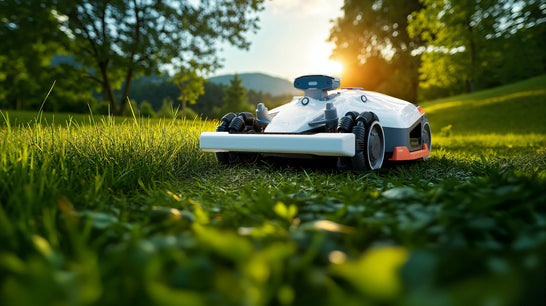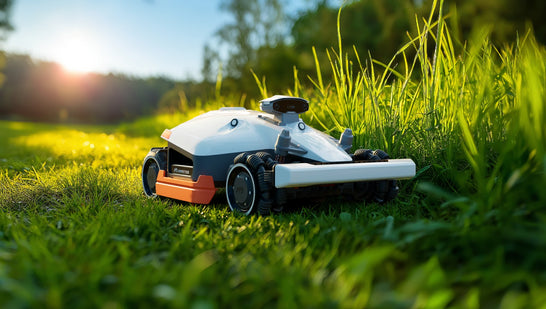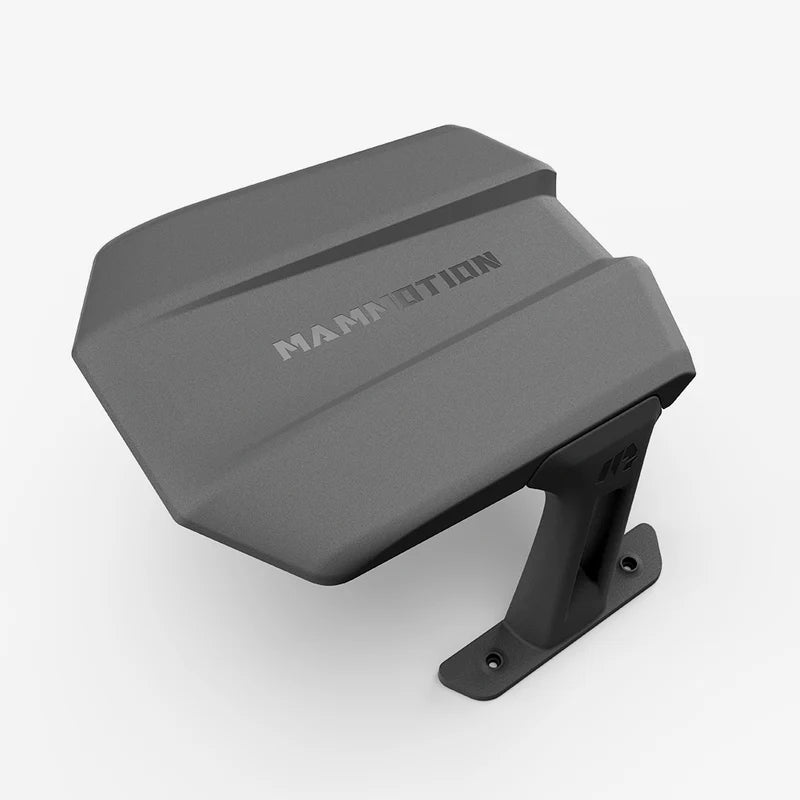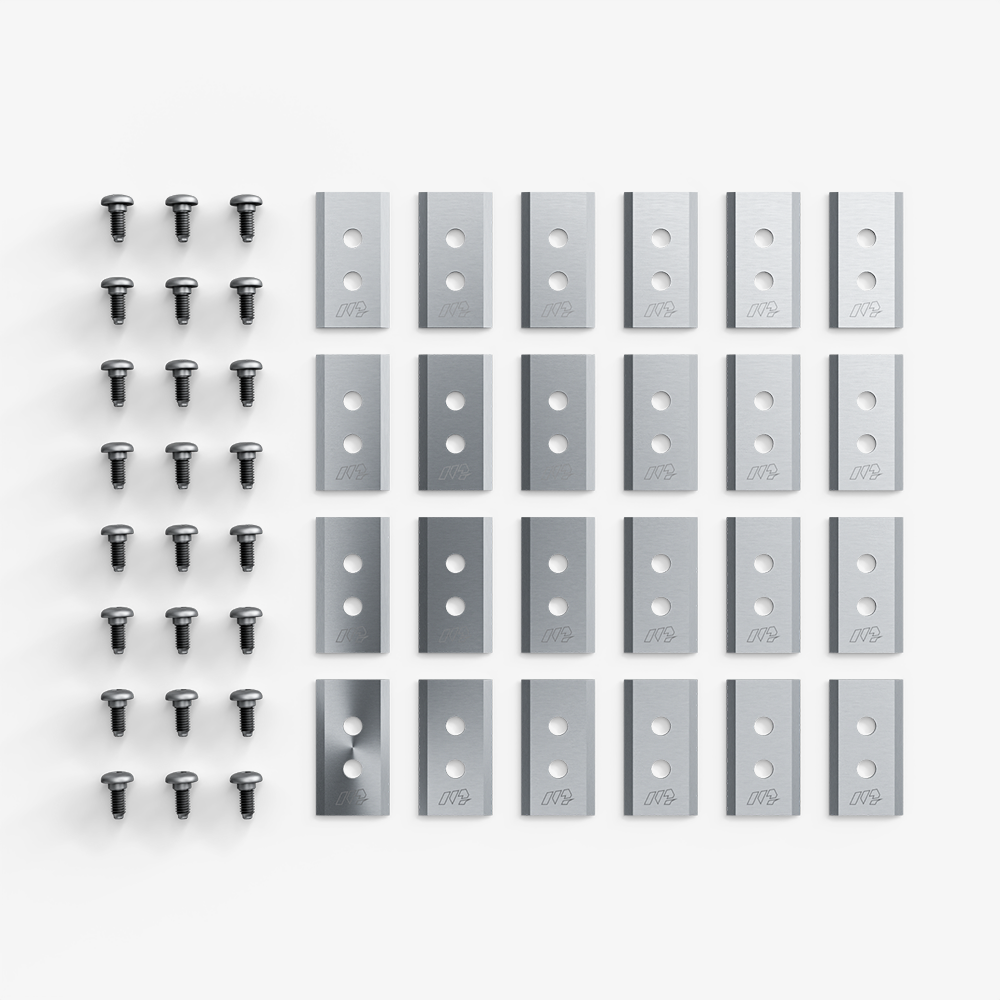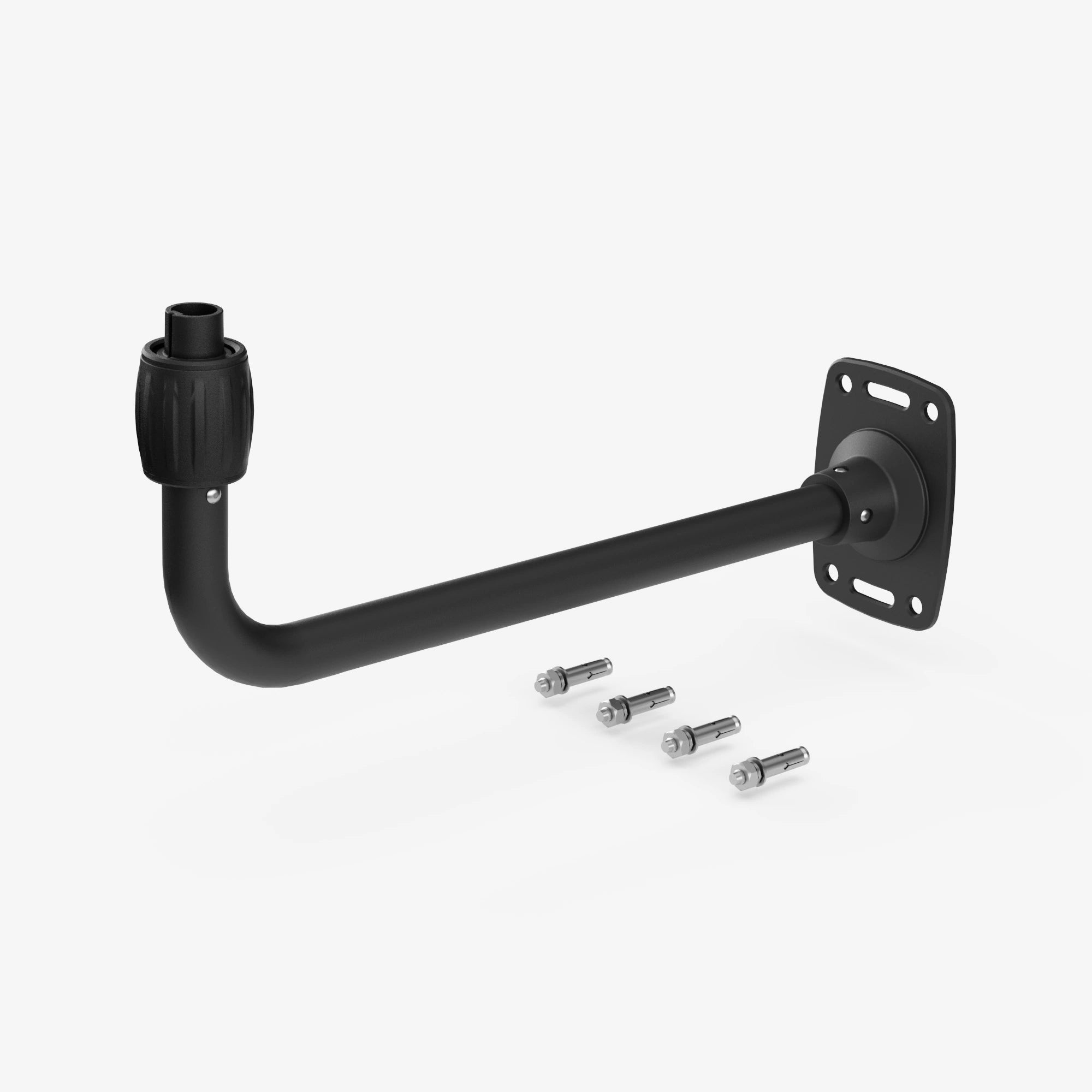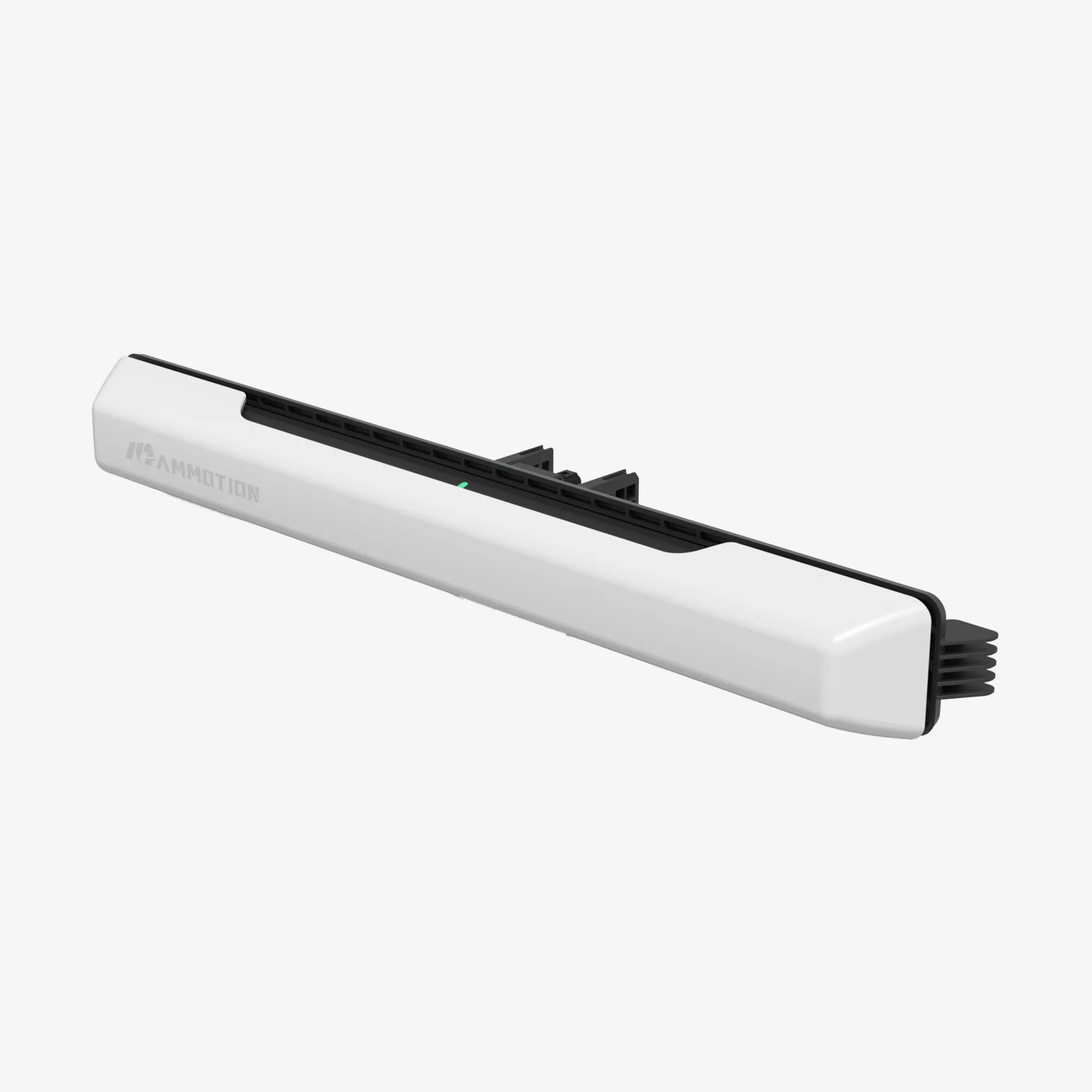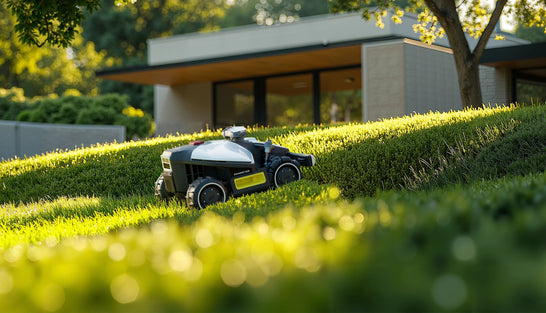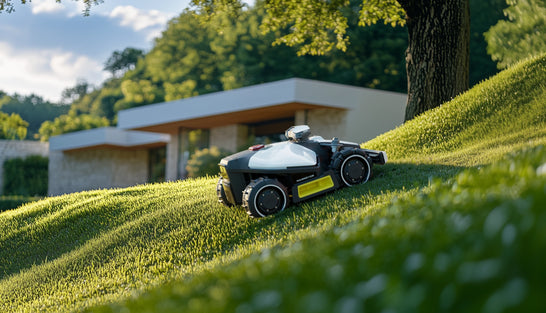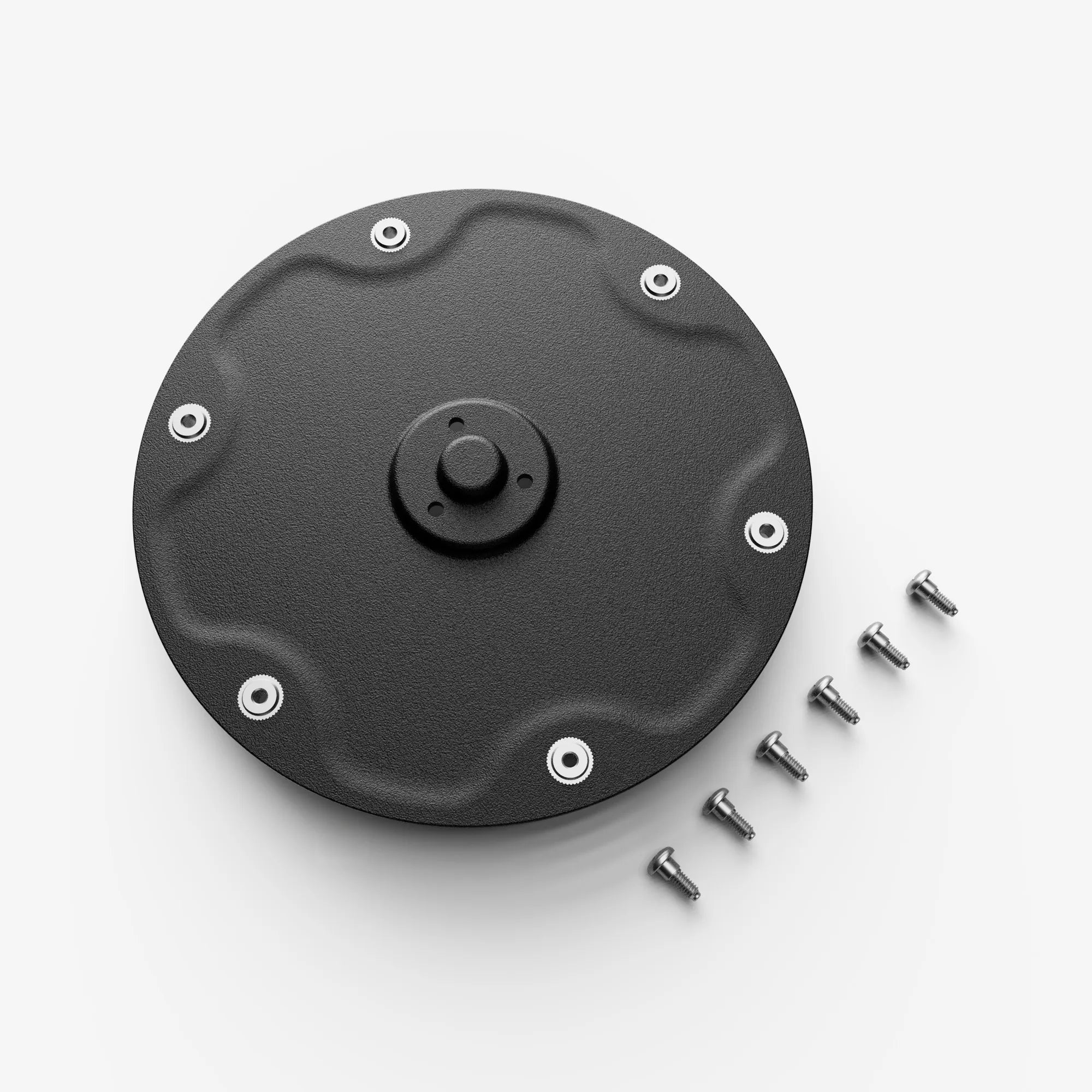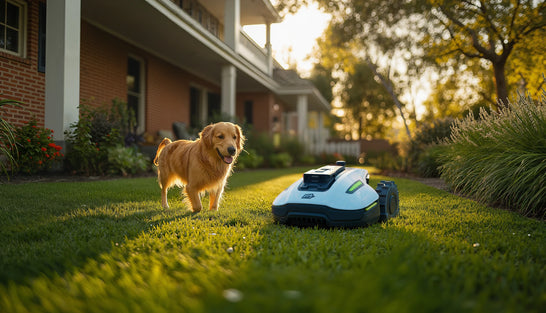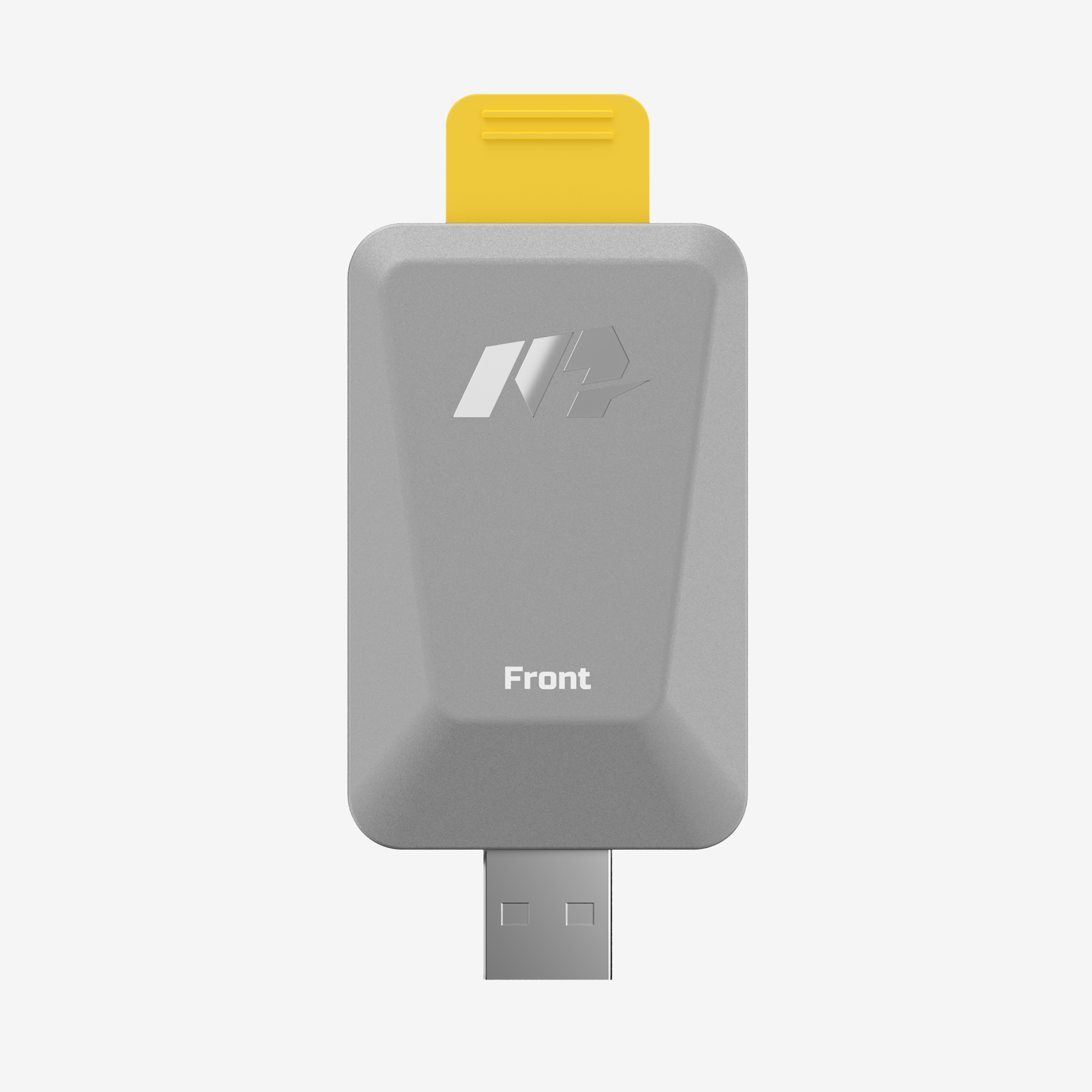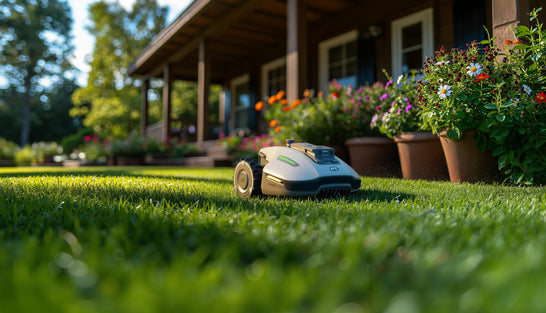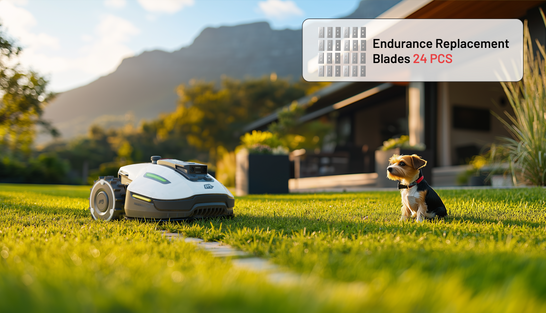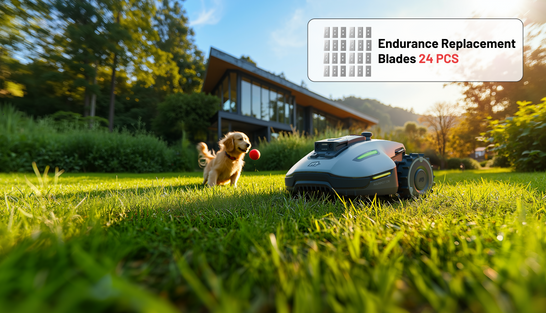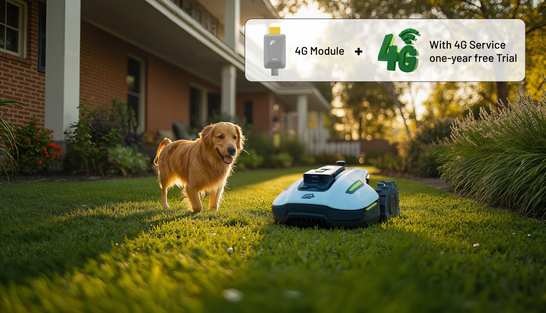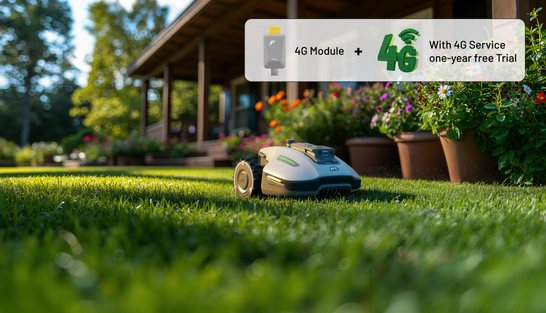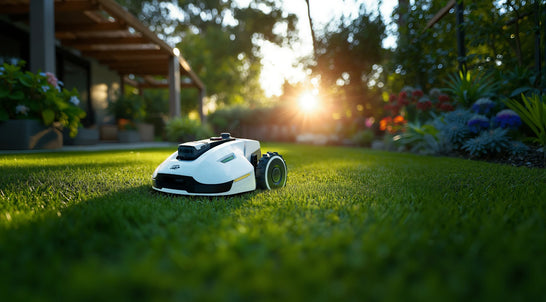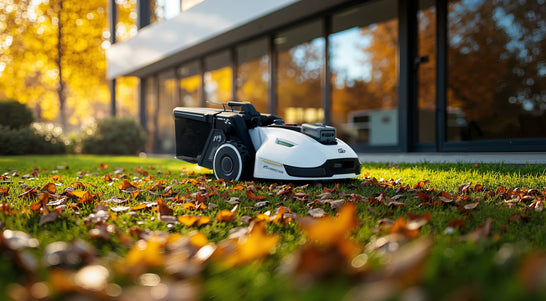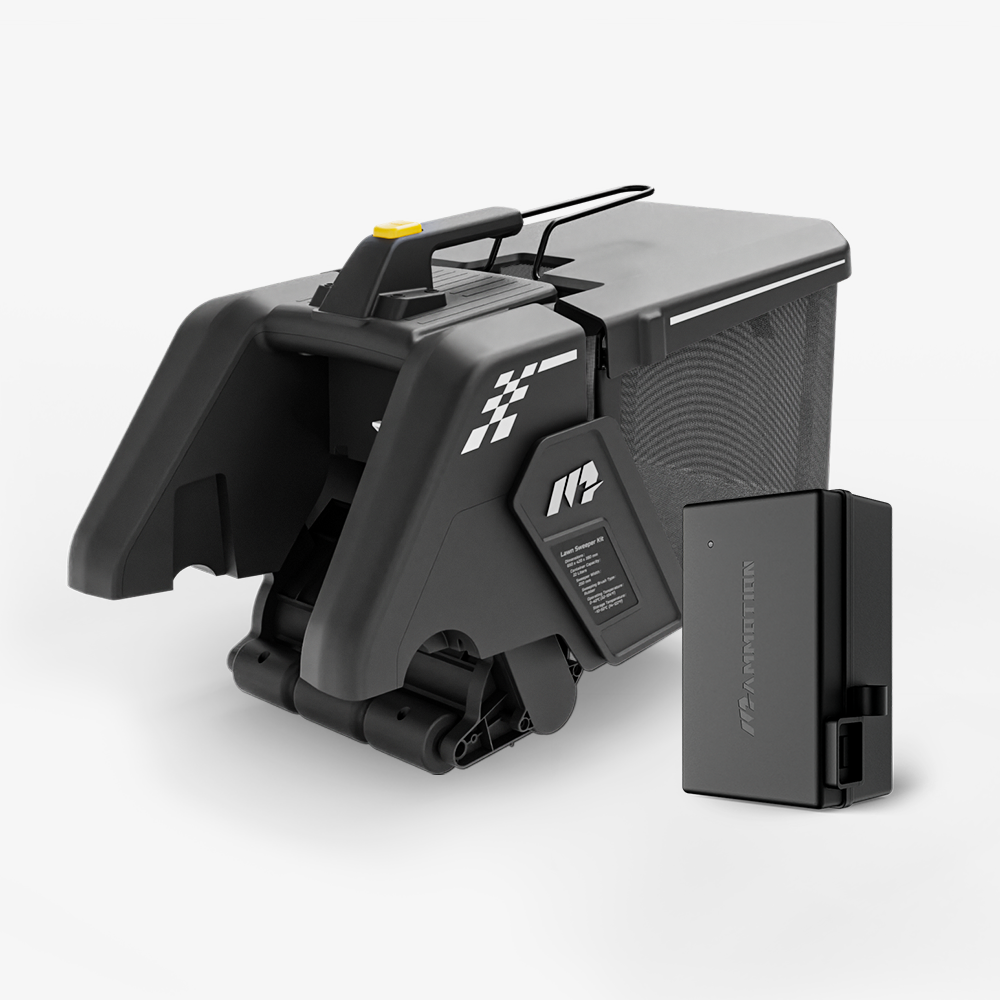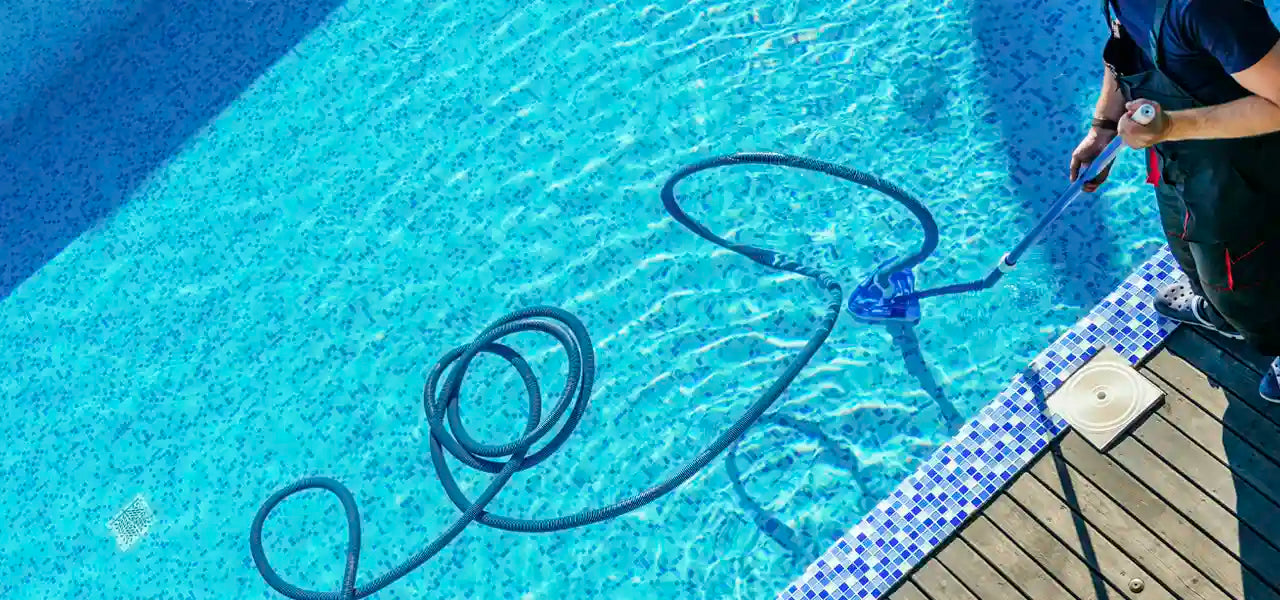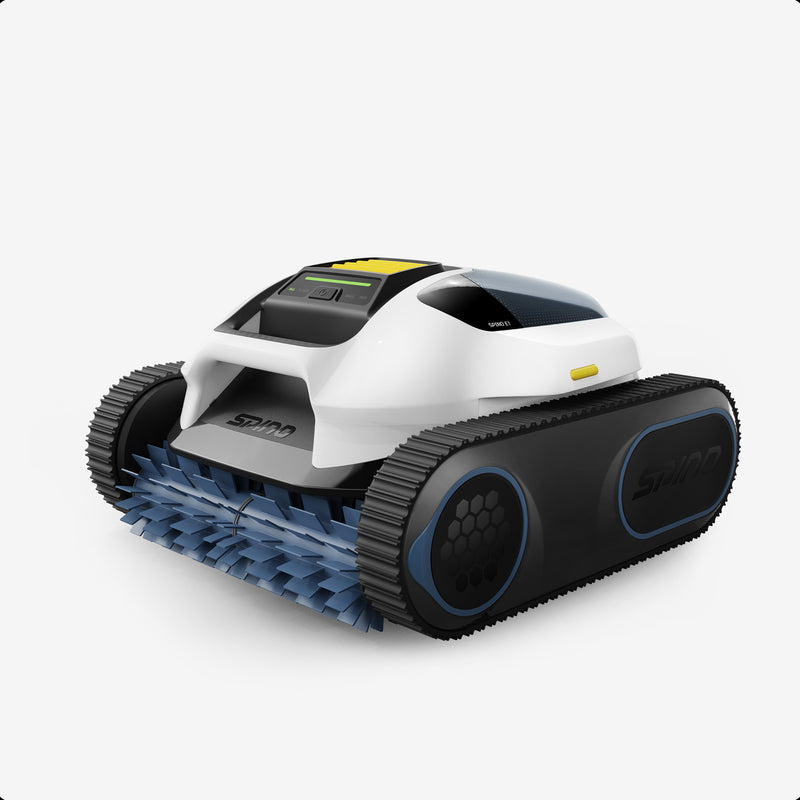Owning a pool is a joy — until you notice that fine layer of dirt, leaves, or sand settling at the bottom. Even with a good filtration system, debris will eventually make its way into your pool. The good news? Learning how to vacuum a pool is simple, and once you know the steps, it becomes a quick, satisfying part of your weekly routine.
Whether you’re a first-time pool owner or looking to improve your cleaning skills, this guide will walk you through manual and robotic vacuuming so you can keep your pool sparkling with less effort.
Why Regularly Vacuuming Your Pool Matters
Even with a powerful pump and filtration system, a pool naturally collects debris over time. Leaves, insects, sand, and dust settle on the bottom where they can’t be removed by surface skimming alone. This is where knowing how to vacuum a pool becomes essential.
Regular vacuuming plays a bigger role than just making the water look clean. Here’s why:
- Protects water balance – Organic debris breaks down, releasing phosphates and other substances that can disrupt your pool’s pH and chlorine levels. Once water chemistry drifts, it takes more time and chemicals to restore balance.
- Prevents algae and staining – Dirt and algae spores cling to pool surfaces. If left alone, they can form stains or slippery patches that are difficult to remove.
- Reduces filter strain – By removing debris before it circulates into your filter system, you reduce the frequency of backwashing or cartridge cleanings. This prolongs the life of your filtration equipment.
- Improves swimmer comfort – Nobody enjoys stepping on grit or cloudy sediment. A freshly vacuumed pool feels more inviting and refreshing.
- Vacuuming weekly — or more often after storms or heavy pool use — is one of the simplest ways to keep your pool healthy, attractive, and low-maintenance.
Pool Vacuum Tools You’ll Need
Before you start learning how to vacuum a pool, it’s worth setting yourself up with the right tools. The good news? Most are inexpensive and widely available.
Manual Vacuum Essentials:
- Vacuum head – The cleaning attachment that sits on the pool floor and connects to your pole and hose. Choose one that matches your pool surface type (vinyl, fiberglass, or concrete).
- Telescopic pole – Extends and retracts so you can reach every corner without entering the water.
- Vacuum hose – Long, flexible, and designed to carry water and debris from the vacuum head to the skimmer or suction port.
- Vacuum plate (skimmer plate) – Fits over your skimmer basket, allowing you to connect the hose without removing the basket.
Helpful Extras Tools Can Consider:
- Pool brush – For loosening dirt on walls before vacuuming.
- Leaf rake/skimmer net – Removes large debris before vacuuming to prevent clogs.
Optional Upgrade – Robotic Pool Cleaner:
If you want to reduce the time you spend manually cleaning, consider a robotic option. A model like the Mammotion SPINO E1 can handle day-to-day debris removal automatically, so your manual sessions are faster and easier. It’s not a replacement for deep cleans, but it’s a smart complement to your maintenance routine.
Step-by-Step Pool Vacuuming Guide
Once you have the right equipment, here’s exactly how to vacuum a pool manually for the best results.
Step 1: Prepare Your Pool and Equipment
- Skim the surface with a leaf net or rake to remove floating debris like leaves and insects.
- Brush the walls and steps to loosen dirt so it settles on the floor for easy pickup.
- Check your filter pressure and clean or backwash if it’s higher than your normal baseline. A clean filter ensures maximum suction during vacuuming.

Step 2: Assemble the Vacuum
- Attach the vacuum head securely to the telescopic pole.
- Connect one end of the vacuum hose to the vacuum head.
- Ensure all connections are snug to prevent air leaks.
Step 3: Prime the Hose
- Priming is crucial. Without it, air pockets can reduce or cut off suction.
- Submerge the vacuum head completely.
- Feed the hose into the water, letting each section fill with water until you see no air bubbles escaping from the head.
- Alternatively, hold the free end of the hose over a return jet to force water through, pushing out trapped air.
Step 4: Connect to the Skimmer or Suction Port
- Skimmer connection: Insert a vacuum plate over your skimmer basket, then attach the hose. This keeps large debris in the basket instead of your pump.
- Dedicated suction port: Submerge the hose, then plug it directly into the port while underwater.

Step 5: Adjust Your Filter Setting
- Light debris: Keep your multiport valve on “Filter” to capture debris in your filtration system.
- Heavy debris or algae: Switch to “Waste” mode so dirty water bypasses the filter and exits through the waste line. Remember to add water afterward to restore the correct level.
Step 6: Vacuum Methodically
- Start in the shallow end and work toward the deep end.
- Move the vacuum head slowly in straight, overlapping passes, like mowing a lawn.
- Avoid rushing — too much movement stirs up debris, forcing you to wait for it to settle again.
- For stubborn dirt or sand, pause and use short, controlled strokes over the affected area.
Step 7: Finish and Reset
- Turn off the pump before disconnecting the vacuum.
- Remove the hose, vacuum head, and pole from the water.
- Rinse all equipment with fresh water to prevent chemical damage.
- Reset your filter valve to “Filter” if it was on Waste or Backwash.
- Test and adjust your water chemistry if needed.
Pro Tips & Common Mistakes When Pool Vacuuming
Vacuuming is straightforward once you’ve practiced a few times, but these tips will make the process smoother — and help you avoid beginner mistakes.
Pro Tips:
- Vacuum at least once a week during swimming season, and after storms or heavy pool use.
- Brush before vacuuming — this ensures debris on the walls settles to the bottom for easy pickup.
- Overlap each pass slightly to avoid missing areas.
- Maintain slow, steady movement for maximum debris pickup.
- For fine silt or sand, consider using a vacuum head with brushes instead of wheels for better contact with the floor.
If you’re short on time, use a robotic cleaner like the Mammotion SPINO E1 between manual sessions to maintain cleanliness.

Common Mistakes to Avoid:
- Skipping hose priming — Air in the line causes loss of suction and frustration.
- Vacuuming too quickly — This stirs debris into the water instead of removing it.
- Neglecting filter maintenance — A dirty filter reduces vacuum efficiency.
- Not checking water level — Low water can cause your pump to draw air, risking damage.
- Forgetting to store equipment properly — Always dry and store hoses, poles, and heads in a shaded area to extend their life.
By following these steps and avoiding the common pitfalls, you’ll master how to vacuum a pool and keep your water crystal clear all season.
When to Use a Robotic Pool Cleaner
Manual vacuuming offers control and thoroughness, but life gets busy, and pool maintenance can slip. That’s where a robotic cleaner becomes a convenient ally—perfect for maintaining cleanliness with minimal effort.
Why consider a robotic cleaner?
- Time-saving automation: Set it and forget it—robots clean while you enjoy your time elsewhere.
- Consistent results: Robots clean daily or on a schedule, catching debris before it settles and impacts water quality.
- Lower operating costs: Robotic units often consume less energy than running your main pump and filter longer.
If you’re managing a large inground pool, or simply want to cut down on maintenance time, consider the Mammotion SPINO E1. It’s easy to use, efficient, and reliable—ideal for regular upkeep between manual deep-clean sessions. Just keep in mind, it complements manual vacuuming—it doesn’t replace thorough weekly cleaning. This hybrid approach lets you maintain high water clarity with minimal effort.
Conclusion
Learning how to vacuum a pool is one of the most valuable skills for any pool owner. It keeps your water clean, protects your equipment, and makes your pool more enjoyable.
With the right tools, a little patience, and a consistent schedule, vacuuming becomes quick and easy. Whether you stick to manual cleaning or add a robotic helper like the Mammotion SPINO E1, the key is regular maintenance.
So grab your vacuum, take it slow, and enjoy that crystal-clear water — you’ve earned it.
Frequently Asked Questions
1. How often should I vacuum my pool?
Vacuum your pool at least once a week during the swimming season. After storms, heavy use, or visible debris buildup, it’s best to vacuum immediately to prevent water clarity issues.
2. Do you vacuum a pool on filter or waste mode?
Use Filter mode for light debris so it passes through the filter system. For heavy debris, algae, or very dirty water, use Waste mode to bypass the filter and prevent clogging.
3. Is it better to vacuum with the pump on or off?
Always vacuum with the pump on to create the suction needed for cleaning. Without the pump running, debris won’t be drawn into the filtration system.
4. How do I prime a pool vacuum hose correctly?
Submerge the hose fully in the water, section by section, until all bubbles stop. You can also hold the hose end over a return jet to push water through and remove trapped air.
5. Can you vacuum a pool without a vacuum plate?
Yes, but it’s not recommended. Without a vacuum plate, debris can bypass the skimmer basket and enter your pump, increasing the risk of clogs or damage.
6. What’s the difference between manual vacuuming and robotic cleaning?
Manual vacuuming gives you full control and is best for deep cleans. Robotic cleaning automates the process, saving time and providing consistent daily maintenance.
7. How long does vacuuming a pool usually take?
Manual vacuuming typically takes 20–40 minutes, depending on pool size and debris level. Robotic cleaners may take 1–2 hours but operate without supervision.
8. Should you brush before vacuuming?
Yes. Brushing loosens dirt and algae from walls, steps, and ladders so it settles on the floor, making it easier to vacuum effectively.
9. How do you avoid stirring up debris when vacuuming?
Move the vacuum head slowly and in overlapping lines. Quick movements create turbulence that lifts debris into the water column.
10. Do you need to backwash after vacuuming?
Backwash if you notice a significant rise in filter pressure or if you used Waste mode for heavy debris. This helps restore proper filter performance.

